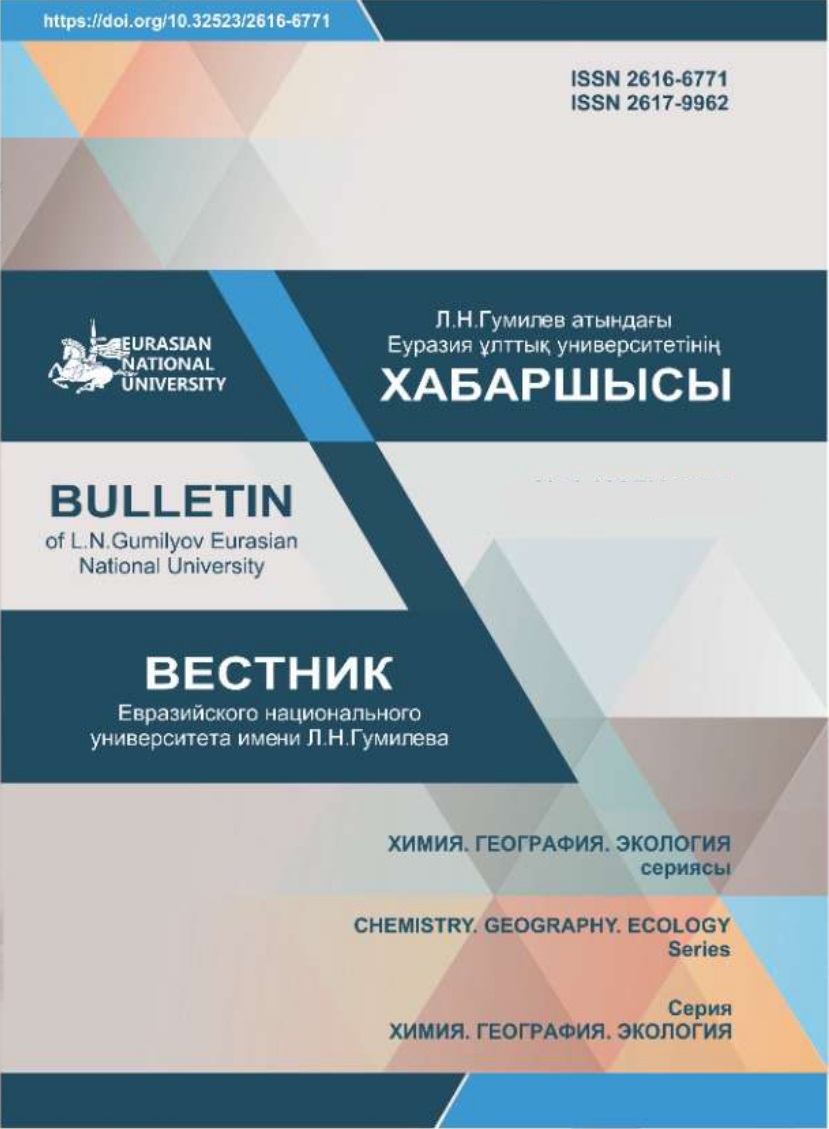ELECTROCHEMICAL DISSOLUTION OF A ZINC ELECTRODE POLARIZED BY ALTERNATING CURRENT IN A NEUTRAL MEDIUM (NA2SO4)
Views: 757 / PDF downloads: 236
DOI:
https://doi.org/10.32523/2616-6771-2023-142-1-9-21Keywords:
мырыш, электрод, полимеризация, электрохимия, айнымалы ток, поляризациялық қисық, антрий сульфаты ерітіндісі.Abstract
This article discusses the electrochemical dissolution of zinc sulfate solution, sodium registration method potendinamicheskih polarization curves. It has been found that when the anodic dissolution of zinc into the solution as divalent ions, and further by reacting with water formed by hydrolysis of zinc hydroxide , postponing which generates on the electrode surface passivation layer . With increasing pH from 2 to 5 occurs the dissolution rate of zinc reduction. At pH 10, zinc oxidation proceeds with a large over potential, however due form hydroxo metal electrode dissolves at the same rate. The influence of electrolyte temperature on the process of anodic dissolution of zinc. With increasing temperature the increase of anodic current maxima. By temperature- kinetic method to calculate the effective activation energy, overvoltage 300, 500 and 700 mV, its value was 17.8 15.5 15.4 kJ / mol, respectively, which indicates the occurrence of a diffusion process mode.
Downloads
Downloads
Published
Issue
Section
License
Copyright (c) 2023 BULLETIN of the L.N. Gumilyov Eurasian National University. Chemistry. Geography. Ecology Series

This work is licensed under a Creative Commons Attribution-NonCommercial 4.0 International License.








